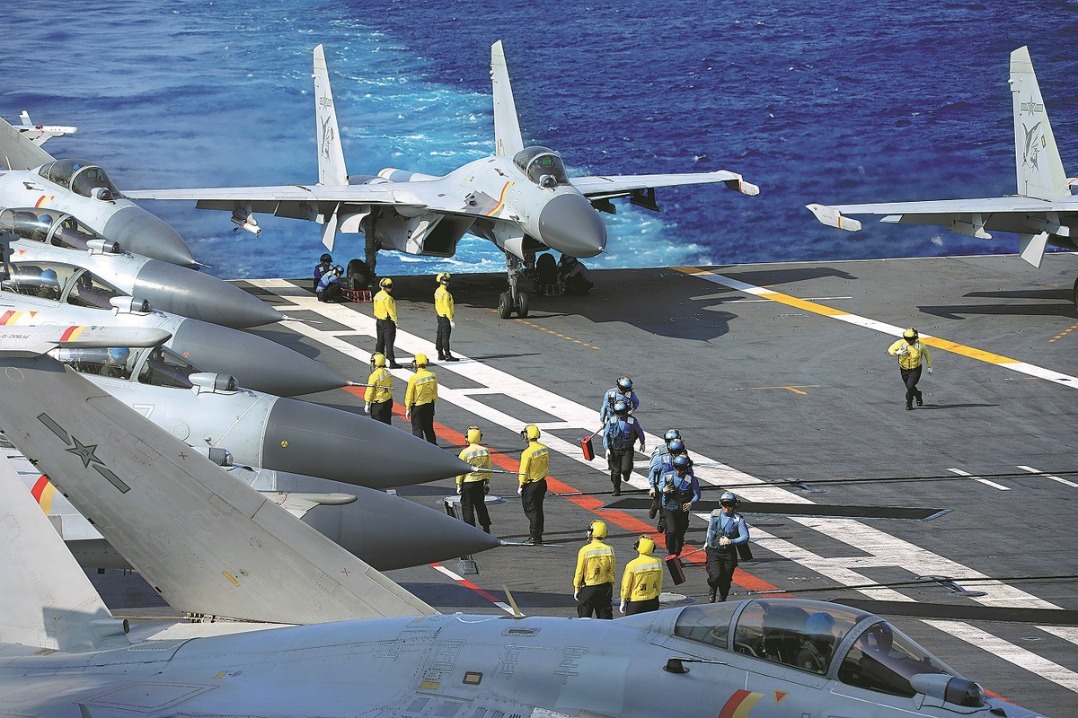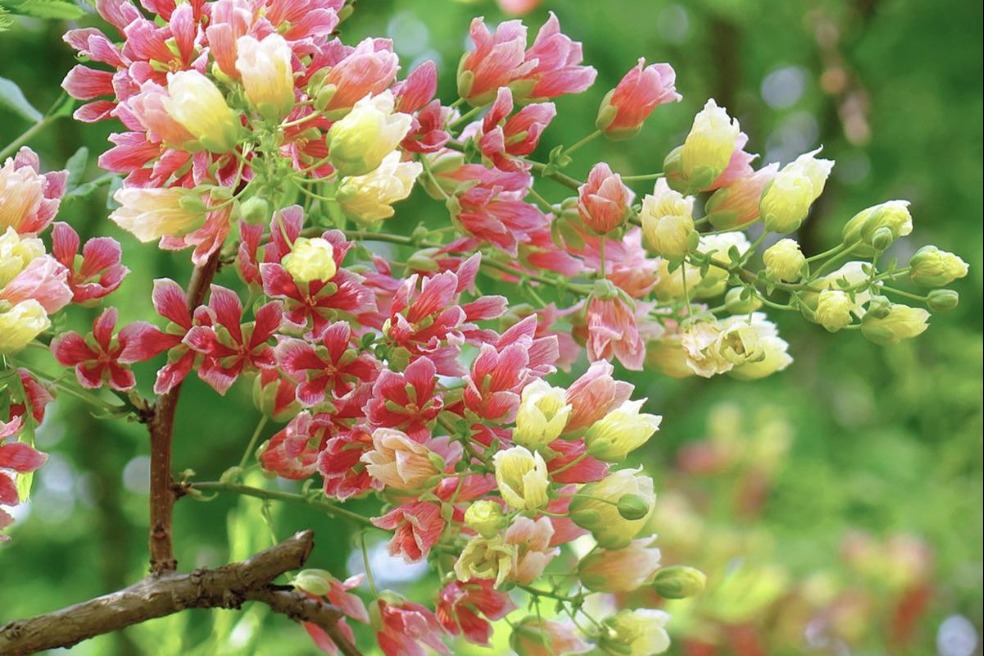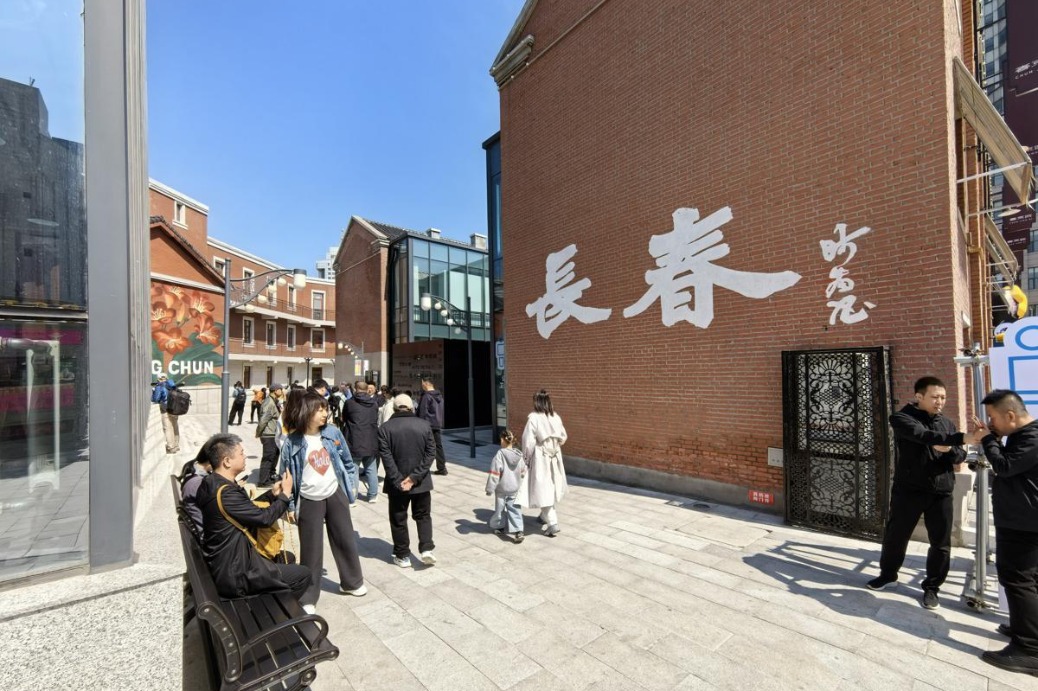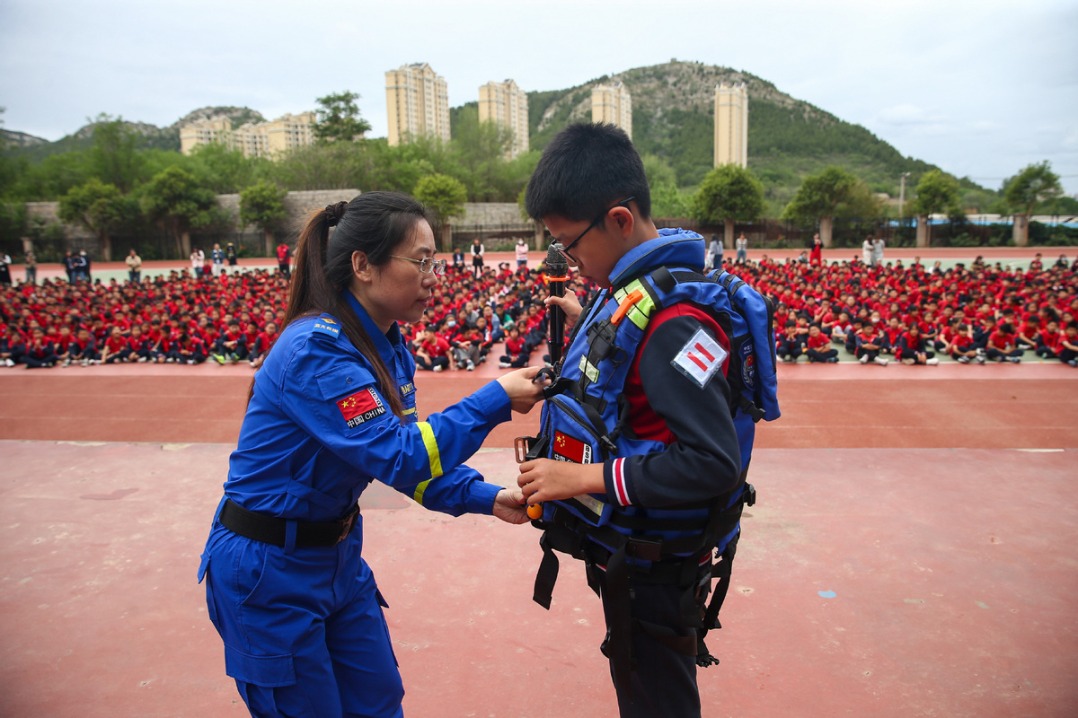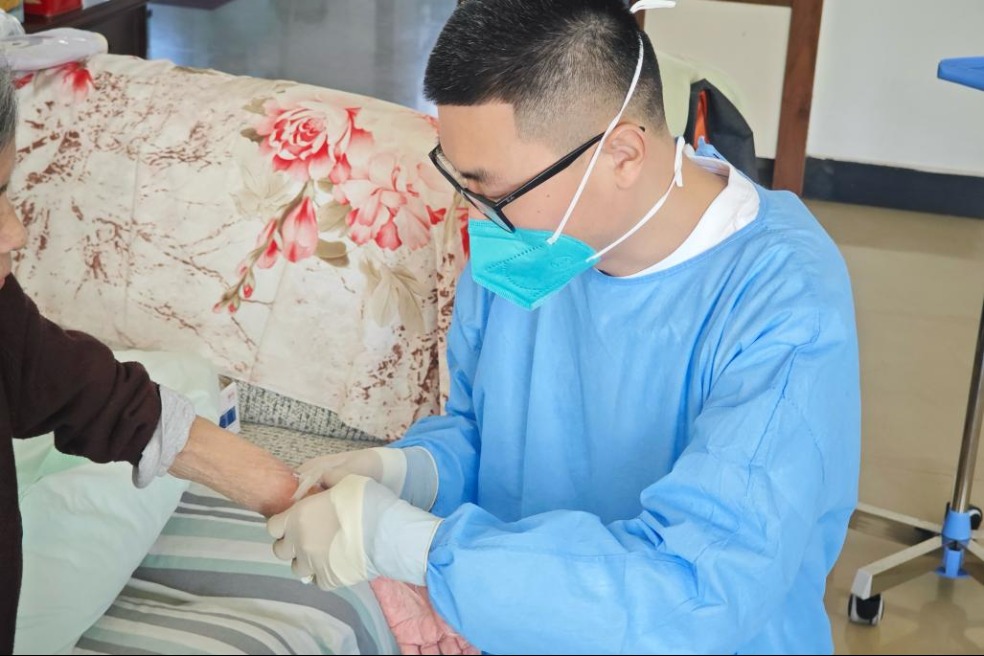Ethnic composition of Taiwan society

Taiwan is a society of migrants who mostly came from the Chinese mainland over the past few centuries. Due to differences in ancestral origins and the timing of travel to the island, various ethnic groups have formed. Ethnic tensions — particularly those between people of different provincial origins — are intertwined with the conflict between reunification and "independence", becoming a key characteristic of Taiwan's social landscape.
As of 2023, Taiwan's total population stood at 23.42 million, mainly comprising four major ethnic groups: Minnan people, Hakka people, mainlanders and ethnic minorities.
The Minnan, Hakka and mainlanders are all primarily Han Chinese and together account for about 97.5 percent of the total population. The Minnan and Hakka mostly moved to Taiwan before 1945 and are collectively referred to as "native Taiwan people", or benshengren.
As of the end of 2021, Minnan people made up around 72 percent of the population, with ancestral roots primarily in Quanzhou and Zhangzhou in Fujian province. Hakka people accounted for about 12 percent, with ancestral origins in Longyan, Fujian and Meixian (now Meizhou), Guangdong province.
The "mainlanders" or waishengren refer to those who moved to Taiwan after 1945, particularly around 1949, along with the Kuomintang ruling group, as well as their descendants. They also comprise about 12 percent of the total population.
Taiwan authorities recognize 16 ethnic groups collectively referred to as "indigenous peoples", or yuanzhu minzu, accounting for 2.52 percent of the population.
In addition, by the end of 2023, there were 383,500 spouses from the Chinese mainland, Hong Kong and Macao, making up about 1.6 percent of the total population.
After Taiwan's retrocession in 1945, the island's economy was devastated due to the exploitation and suppression during Japan's wartime colonial rule. Skyrocketing prices and widespread poverty led to friction between native Taiwan people and the KMT authorities who arrived to take over governance.
On Feb 28, 1947, the government's crackdown on illegal cigarette sales triggered a large-scale uprising, which was violently suppressed by the military. This event sowed the seeds of the later "origin conflict" and became one of the catalysts for the emergence of "Taiwan independence" sentiments.
Following its 1949 retreat to Taiwan, the KMT rulers imposed martial law for 38 years under the pretexts of "anti-communism" and "retaking the mainland", plunging society into an extended period of White Terror. This further deepened the divide between native Taiwan people and mainlanders.
After 1990, as Taiwan began its political transformation, separatist forces exploited the public's desire for democratization to promote "Taiwan independence". They used elections to stir up conflicts based on origin and ethnic identity. They linked "localism" with "patriotism" and painted "mainlanders" as "sellouts", promoting slogans like "Taiwan people elect Taiwan people" and advocating for the establishment of a "local administration".
As a result, the conflict between native Taiwan people and mainlanders became a prominent issue in Taiwan's political scene. To this day, while such tensions are not prominent in everyday life, they still exert significant influence in the political sphere.
Source: Taiwan Affairs Office of the State Council
?
- Ethnic composition of Taiwan society
- Coastal village embodies shared history
- Health pavilions steal show at 27th high-tech expo
- Xi Focus: Nurturing overall cooperation between China, Latin America
- New stealth fighter jet to play 'crucial role' in nation's defense
- China releases emblem commemorating 80th anniversary of victory in war against Japanese aggression
















